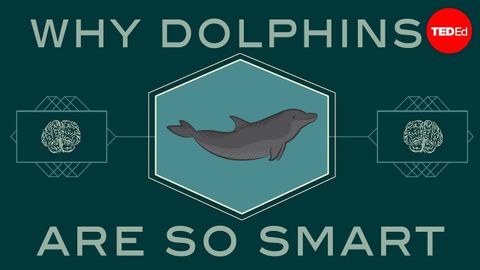【TED-Ed】イルカはどのくらい賢いのだろう? (【TED-Ed】How smart are dolphins? - Lori Marino)
SylviaQQ が 2018 年 09 月 05 日 に投稿  この条件に一致する単語はありません
この条件に一致する単語はありませんUS /ˈʌltəmɪt/
・
UK /ˈʌltɪmət/
- adj.根本的な;偉大な;最終的な;最大の
- n.アルティメット;極み;最終
US /səˈfɪstɪˌketɪd/
・
UK /səˈfɪstɪkeɪtɪd/
- adj.話をより複雑にする;洗練された
- v.t.洗練させた
US /ˈrek.əɡ.naɪz/
・
UK /ˈrek.əɡ.naɪz/
- v.t.(~が本当であると)認める : 受け入れる;(重要性を)認める;法的権威を尊重する;公にその人の貢献を称賛する;認識する、認知する
US /prɪˈtɛnd/
・
UK /prɪ'tend/
- v.t./i.ふりをする
- adj.見せかけの : 偽りの
- n. (c./u.)見せかけ : 偽り
エネルギーを使用
すべての単語を解除
発音・解説・フィルター機能を解除
